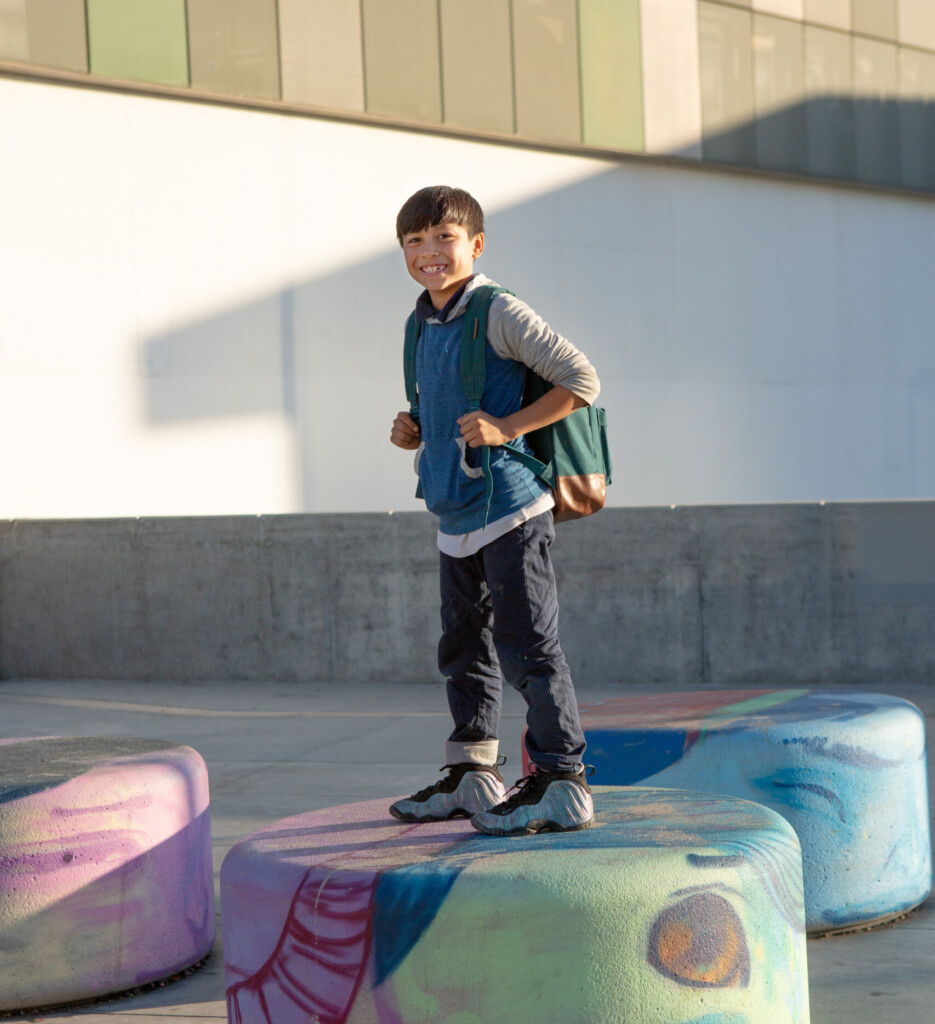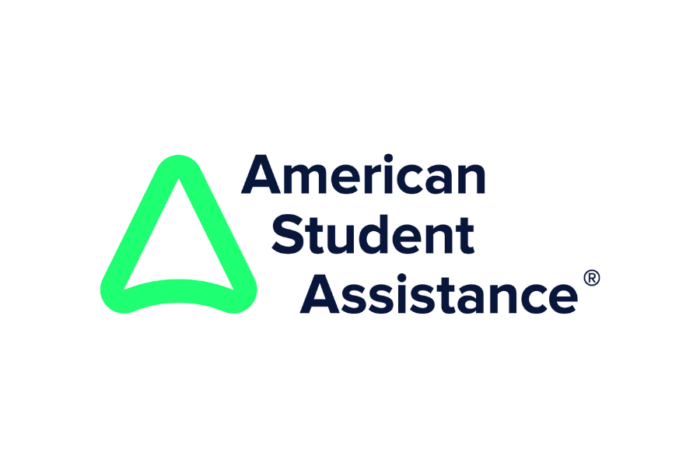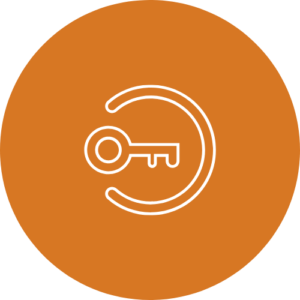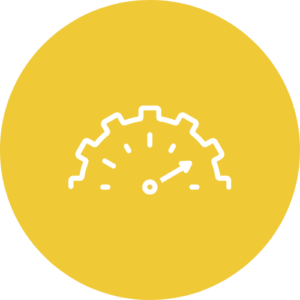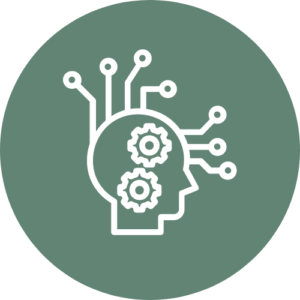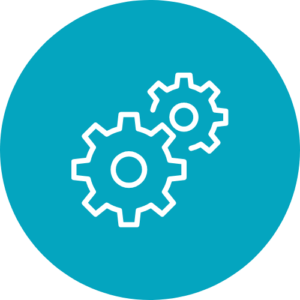Preface
Not every kid leaves high school with a job offer, an internship, a college acceptance letter, or even with a diploma. However, one thing that nearly every American kid leaves school with is uncertainty; the kind that often lasts a lifetime.
Uncertainty may not be obvious in the confident graduate who knows what he or she wants to “be” and who has the grades to make it happen. Yet, even that high-achieving graduate may face periods of deep confusion and regret. Think back to your own school years. Perhaps you had a loose plan that aligned nicely with the areas of school in which you excelled. Maybe you were very lucky and had parents who encouraged you to maintain good grades and apply for college. If you were lucky and relatively well-off, you could afford to go. If you got in but weren’t well-off or were of average financial means, you likely got a loan.
Even college-educated and gainfully employed adults often land in their jobs through a combination of skills and luck, and a lot of uncertainty.
Jean Eddy
Even college-educated and gainfully employed adults often land in their jobs through a combination of skills and luck, and a lot of uncertainty. Did you change majors? Did you change colleges? Did it take you more than six years to graduate? Are you, as an adult, still paying off your student loans? Are you a minor life crisis away from irreparable damage to your financial and personal well-being? None of that makes you an aberration; it makes you perfectly, unremarkably average in America. Uncertainty starts early here. It abounds in the K–12 experience, and not through the fault of teachers or administrators; it’s how the system has functioned for decades. The responsibility of helping people find their passion and build the skills they’ll need is passed from one level of education to the next. It follows people well into the workforce, where vast pockets of workers are underemployed and being paid less than they need to get by. Forty percent of employed adults, even well before the pandemic, were one missed paycheck away from falling into poverty.
Why are our systems failing kids—and adults—so badly? Part of the reason is that we send kids to schools that, by their very nature, create and exacerbate stress. It’s especially pronounced for vulnerable kids and those with disabilities.
The things kids need to know and prepare for have changed dramatically, but the school system hasn’t adjusted to that need… it has barely changed at all.
Susan Rivers
Dr. Gabrielle Rappolt-Schlichtmann, Executive Director and Chief Scientist at EdTogether explains, “We looked at the stress of kids with disabilities in school—specifically in children with language and reading disabilities, when they are asked to read, for example. We found that they do have significantly elevated stress levels at a physiological level, but it’s not just in response to a stressor like reading. In fact, when they simply walk into the school building, they start to feel stressed. They have a hypervigilance to being in school at all.” An outdated model of education and a focus on subjects and metrics that have little bearing on the real world is also undeniably part of the answer. Americans, it’s no secret, spend their childhoods in schools that look much the same as they did two hundred years ago, with a learning experience that’s remained structurally unchanged.
“Schools as we know them came about in the industrial age for the purpose of getting kids ready to slot into jobs and contribute to society,” explains Susan Rivers, research psychologist in social, developmental, and health psychology, and executive director and chief scientist at iThrive Games Foundation. “The things kids need to know and prepare for have changed dramatically, but the school system hasn’t adjusted to that need… it has barely changed at all. We still are focused on a body of knowledge that we insist only exists in one place and that needs to be ‘dumped’ into kids’ brains.”
Adults have long asked kids to be certain of this, or to feign certainty. We ask them to declare their intentions of a professional identity. Why do we ask it? There’s a shared awareness that a job title defines who you are not just as a professional, but as a human being. Everyone wants to be certain. But in truth, most people never know how to answer the question. Not just kids; adults, too.
The average American, by the age of twenty-four, has already changed jobs around six times. Everyone is looking and hoping to become something. It has become the tail that wags the dog and seems to be more important than self-discovery or happiness. As is the story of so much in America, uncertainty—not knowing “what” you want to be—hurts people of color, women, and members of other demographics disproportionately. There is more uncertainty among these groups than, say, among young and upper-class white men, who enjoy innate economic, educational, and employment privileges and who often seem to have the ability to fail safely and in an upward direction.
Internships, apprenticeships, co-ops, bootcamps, experiential learning, and project-based learning activities are ideal tools for discovery. When kids do these things they’re better prepared to visualize their own success and they know it’s within reach. They stand a fighting chance of finding happiness and career success, no matter what their background and no matter what crisis arises. Success here, like in Finland, shouldn’t just be for a privileged few or for those who beat the odds. By the time every American kid leaves school, their confidence should sound less like, “I have no path,” or “I will stay on this path come hell or high water,” and more like, “I am prepared to go after what I want out of life, and I have the skills to handle whatever happens next.”
— Jean Eddy, American Student Assistance, in an Excerpt from Crisis-Proofing Tomorrow’s Learners
“The American dream is really faded. Back in the 1940s and 1950s, if you were a kid growing up in this country, you could pretty well expect that you were going to achieve the American dream as defined as upward mobility, rising up relative to where your parents were. And if you look at kids entering the labor market today, those prospects don’t look as good.” — Dr. Raj Chetty
The American Dream — the belief that America offers everyone the opportunity of a good and successful life achieved through hard work — worked for some over the last hundred years (particularly for those born into some inherited wealth). Today, however, most feel like America’s economic mobility escalator is out of order. This is not just anecdotal. There is evidence that upward economic mobility has declined and income inequality has risen in the United States in recent decades. Sluggish wage growth over the last 50 years damped the American Dream with fewer people from lower and middle families climbing the economic ladder.
To bypass the rusty escalator, society created several clunky detours — a complex and inequitable function of family, economic and education variables. The main entrance to the economic mobility escalator is high school, the end of compulsory education and the on-ramp for work and further education. Things are changing.
In the early innings of the Fifth Industrial Revolution, diverse teams are attacking new problems with smart machines. Routine tasks and processes are being automated leaving high demand for nonroutine services, both low and high skill, and a barbell economy. Some are riding the AI escalator while others feel trapped in the economic basement. Because of this, high school is not the make-or-break entry point that it once was. Rather, this new AI-powered platform economy is making it easier to step into gig work, entrepreneurship, and into further learning. The need to rejuvenate economic mobility and the opportunities in this new era of human-machine collaboration suggests it’s time for new pathways to success.
We’ve selected aspects of the challenges facing young people and converted them into four design principles.
Most teens leave high school unprepared for and unaware of what’s next.
Pre-pandemic, most colleges reported that students were not ready for college-level work. The pandemic made the college preparation gap worse. Most teens are not leaving high school job-ready either. There are about 11 million jobs open in America — the result of a complicated COVID overhang and new economy labor shortage.
Many students are not engaged in school.
Surveys show that students are under-engaged and only half enjoy coming to school. Post-pandemic attendance has slumped and there are more complaints about the learning not being relevant to life outside of the classroom. The pandemic increased trauma, hopelessness, and dissatisfaction with traditional education’s particularly rote one-size-fits-all learning.
Most teens feel unprepared for postsecondary decisions.
Surveys also show that three-quarters of students feel less than prepared to make college and career decisions. Nearly half of those starting college leave without a credential. This suggests bad-fit decisions and results in the new worst-case scenario of debt without a degree.
More opportunity for some.
The loss of traditional jobs during the pandemic and the rise of the platform economy boosted business start-ups to more than 5 million in 2021 and 2022 (double the rate of 10 years ago). We live in a growing creator economy and much of Gen Z and below aspires to own a business and make money from content shared online.
Teens have more opportunities than ever to explore possible futures, enter employment, and make a contribution using smart tools, but the visibility and access to opportunity is not equitably distributed. Social capital remains a huge obstacle to spotting and accessing opportunity for many learners.
Elements of New Pathways
A new pathway would contain at least some of the following elements, while an aspirational goal would be pathways that incorporate all of them.
| Traditional High School | New Pathways | |
| Design | Inherited list of required courses | Experiences mapped from opportunity |
| Learner Role | Direction following recipient | Engaged co-author |
| Supports | Some course-specific support | Time and support to achieve mastery |
| Learning model | Tell, test, repeat | Community connected projects |
| Opportunity | Course catalog | Unbundled learning in & out of school |
| Feedback | Grades | Performance assessment |
| Guidance | Occasional and limited | Personalized and localized advice on next steps and possible futures |
| Community Connections | Limited | Relevant work experience and social capital |
| Communication | Transcript of courses and grades | Digital credentials in portable learner record |
| Time and cost | 4+4+ years of high school and college with weak articulation and coherence | 1-2 years of accelerated progress to credential with strong articulation and coherence |
The new job of school is to help young people figure out who they are, what they’re good at, what they care about and how/where to begin their contribution to their communities, to themselves and to the world.
We have structured our exploration of pathways around six pillars, core components of a supported pathway vision. Each following section of this handbook maps onto these pillars to provide an overview, map real-world examples to our design principles and culminates with a list of some of the best ways to get started.


